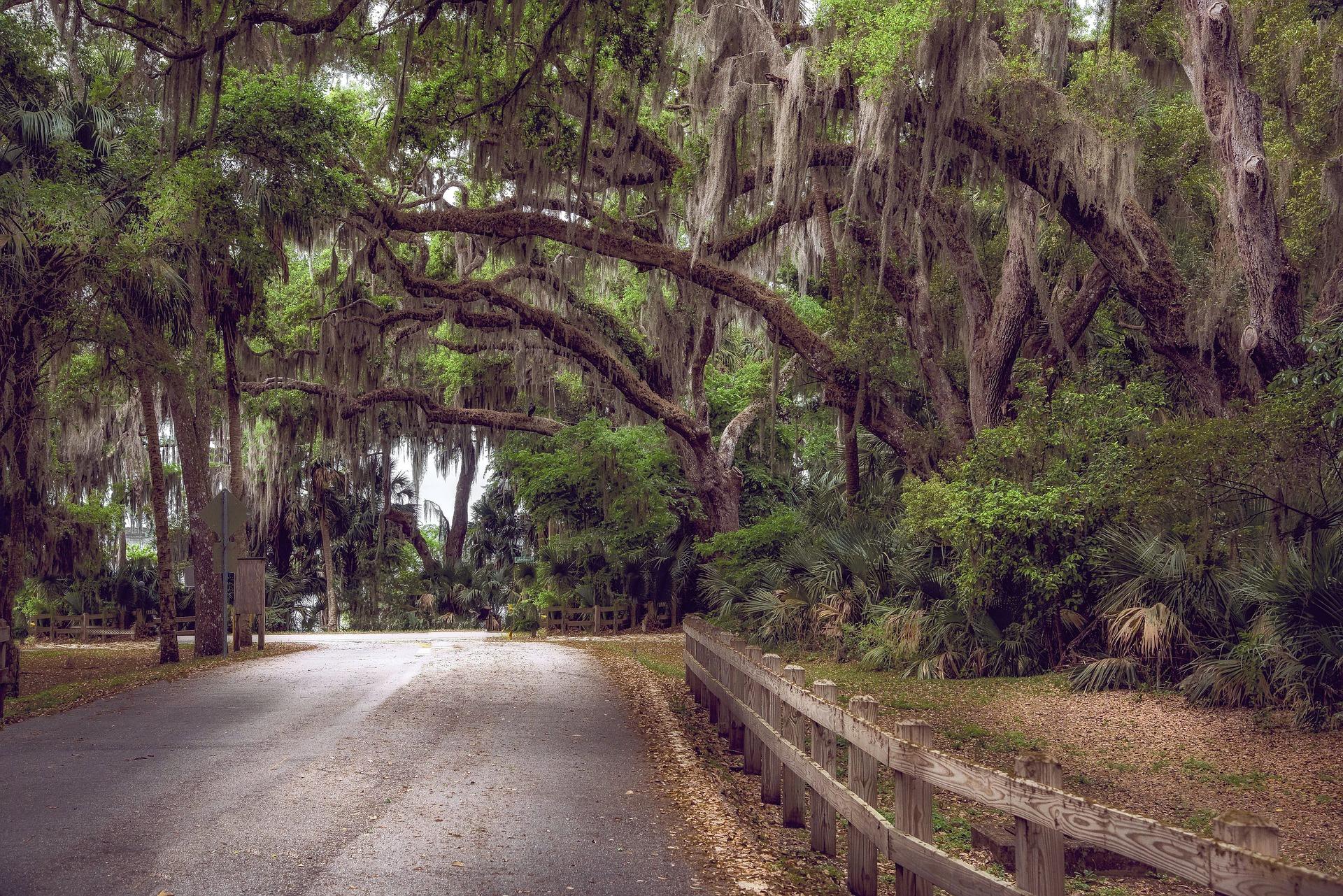Florida’s population growth has led to a rise in planned communities and commercial development. Both residential and commercial planning rarely take into account the heat island effect, which is exacerbated by the loss of natural green spaces. Trees are removed and open grass-covered areas are replaced with inefficient, impermeable building materials such as concrete. Urban centers can measure up to a double-digit increase in temperature when compared to nearby rural areas on the same day. Significant warming of Florida’s communities can lead to increased operating costs for local government and increased living costs for residents.
Solutions
- Pass a county/city ordinance increasing the number of tree-shaded areas within commercial districts.
- Establish a list of native shade trees.
- Establish minimum tree coverage criteria for large open-air ground spaces covered by an impervious material.
- Educate the public, developers, and private property owners of greenhouse gas emission reductions provided by native tree canopies due to shade provided carbon sequestration.
Sample Model Ordinances
Austin, TX
One tree must be located within 50 feet of each parking space unless the parking lot has more than three distinct modules. A minimum of 80% of the trees required for parking lot areas is to be from the Descriptive Categories of Tree Species. Established a preferred plant list.
Sacramento, CA
17.612.040; At least 50% of surface parking facility shall be shaded. Trees shall be planted and maintained throughout the surface parking facility to ensure that, within 15 years after the establishment of the parking facility
Surfside, FL
90-95; Single-family H30A and H30B district landscape; A minimum of 5 trees of 2 different species and 25 shrubs to be planted per lot. The required shade tree should be a minimum of 30 percent at an overall height of 12 feet to 14 feet with a minimum canopy spread of six feet and a DBH of 2.5 inches. The small trees can be a maximum of 30% at 12 to 14 feet and minimum canopy spread of six feet and DBH of 2.5 inches.
Orlando
60.223; Tree canopy for one-family and two-family residential standards; A minimum number of canopy trees are required to be planted on each residential lot depending on the square footage. 60.228; Non-residential and multi-family landscaping; Runs on a point system where canopy trees with a minimum of 2-inch calipers are to be included. Wind resistant trees result in more points
Sarasota County
54-590; Requests for Canopy Roads can be made by property owners residing on a potential Canopy Road, residents of the County, County staff, and the Sarasota Tree Advisory Council or other appropriate Sarasota County Advisory Council. Designated canopy roads shall have characteristics such as signage, a minimum of 75 percent Native Plant species, and a minimum of 50 percent overhead coverage.
North Port
45-8; Tree canopy development standards; All zoning districts shall be required to meet a minimum standard of 35% canopy coverage at maturity. This standard shall apply to all individual lots, parcels and/or large developments. There are a number of options listed in the ordinance that are available in order to achieve the 35% coverage.
Fort Lauderdale
47-21.15; Tree preservation; A permit is required in order to remove trees. If a permit is acquired, the applicant must first complete a requirement that involves planting another tree with the same or similar canopy spread, contributing to the city’s tree canopy trust fund, etc.
Find more information about tree canopies in Florida here.
How you can help, right now
Donate to Audubon
Help secure the future for birds at risk from climate change, habitat loss and other threats. Your support will power our science, education, advocacy and on-the-ground conservation efforts.
Become a Monthly Donor
Donating monthly is flexible, easy and convenient and makes you a champion birds can count on, no matter the season.
Volunteers Needed
Florida's birds and wildlife need your time and energy. Learn how you can become a citizen scientist or a volunteer at one of our nature centers today.





